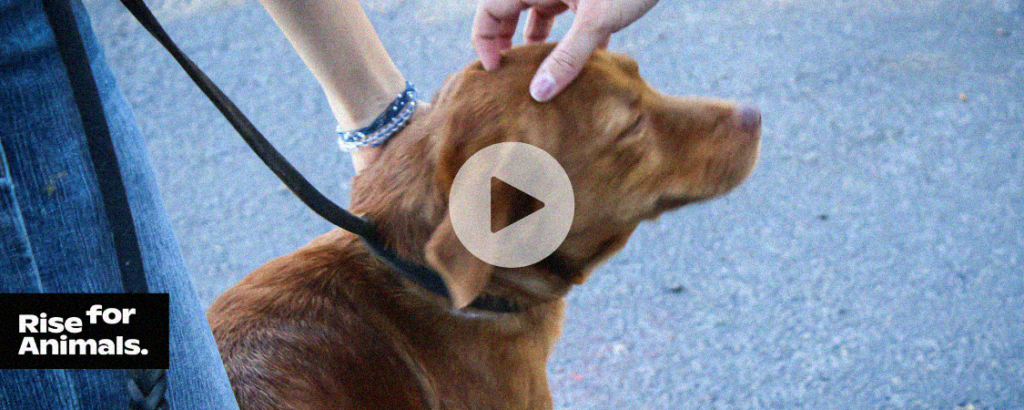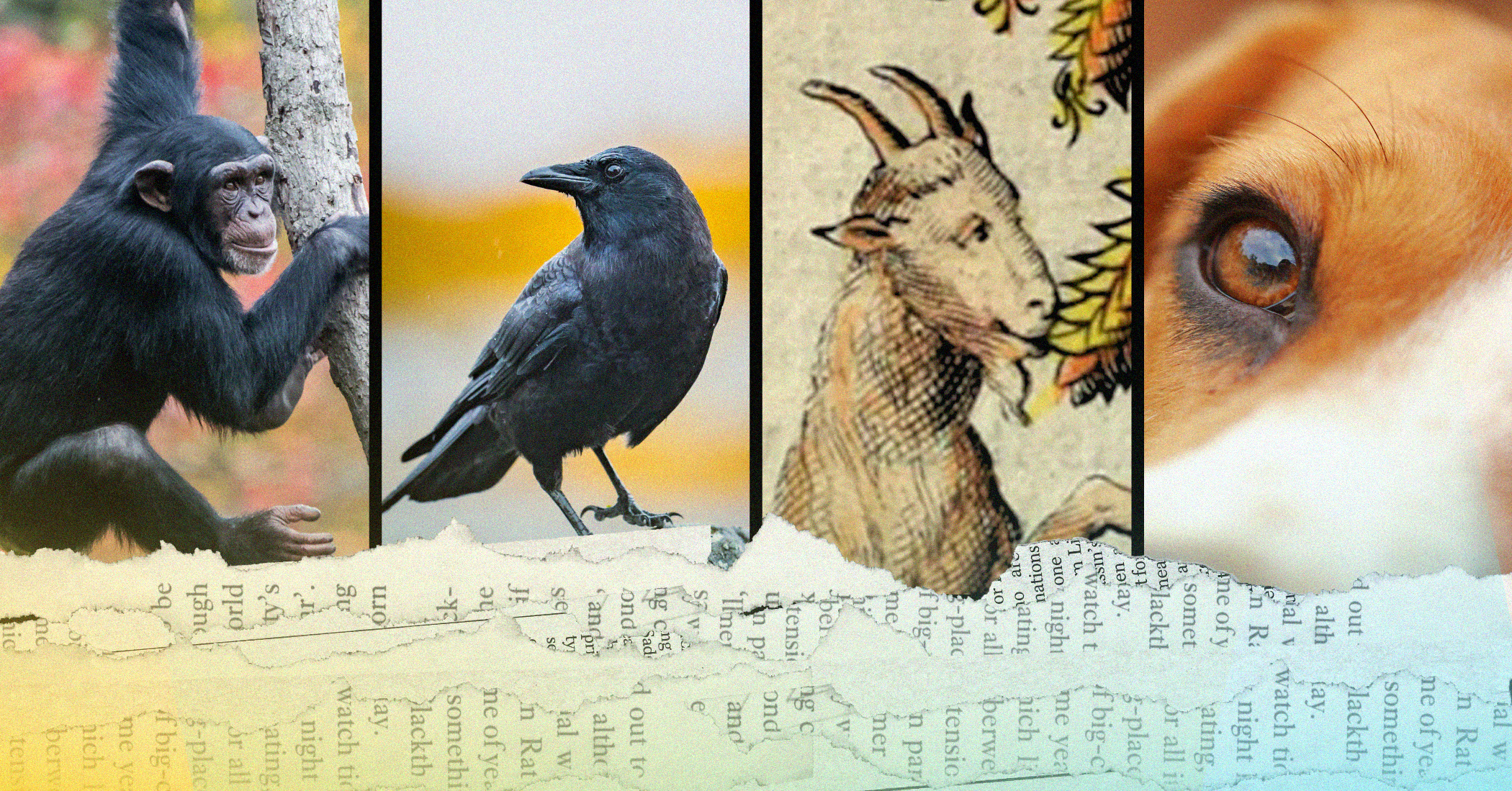
Here’s a roundup of this week’s biggest news stories related to animal research—all the recent media coverage you need to know right now to be the most effective activist for animals in labs.

Animals Self-Medicate with Plants – Behavior People Have Observed and Emulated for Millenia
Adrienne Mayor, 5/24/2024
“When a wild orangutan in Sumatra recently suffered a facial wound . . . [he] chewed the leaves of a liana vine – a plant normally not eaten by apes. Over several days, the orangutan carefully applied the juice to [his] wounds, then covered it with a paste of chewed-up liana. The wound healed.”
“The striking story was picked up by media worldwide” and “scientists stated that this is ‘the first systematically documented case of active wound treatment by a wild animal’ with a biologically active plant.”
“ . . . I was reminded of similar cases reported by Aristotle, Pliny the Elder, Aelian and other naturalists from antiquity. A remarkable body of accounts from ancient to medieval times describes self-medication by many different animals. The animals used plants to treat illnesses, repel parasites, neutralize poisons and heal wounds.”
“Indeed, a large number of medicinal plants used in modern drugs were first discovered by Indigenous peoples and past cultures who observed animals employing plants and emulated them . . . Observers report observations of animals, from birds and rats to porcupines and chimpanzees, deliberately employing an impressive repertoire of medicinal substances.”
“ . . . we humans have been learning healing secrets by watching animals self-medicate for millenia.” 📰 Full Story →
“I Can Tell He Was a Cage-Chewer…”
Rise for Animals, 5/29/2024
Gryffin’s vet recently discovered extreme damage to the enamel on the backsides of his front teeth, a telltale sign of past “cage-chewing.”
Gryffin was once a “lab dog.” The state of his teeth, now years since his rescue, illustrates just how hard he tried to escape his laboratory prison.
A dog doesn’t belong in a laboratory. No animal does. 🎥 Watch Now →
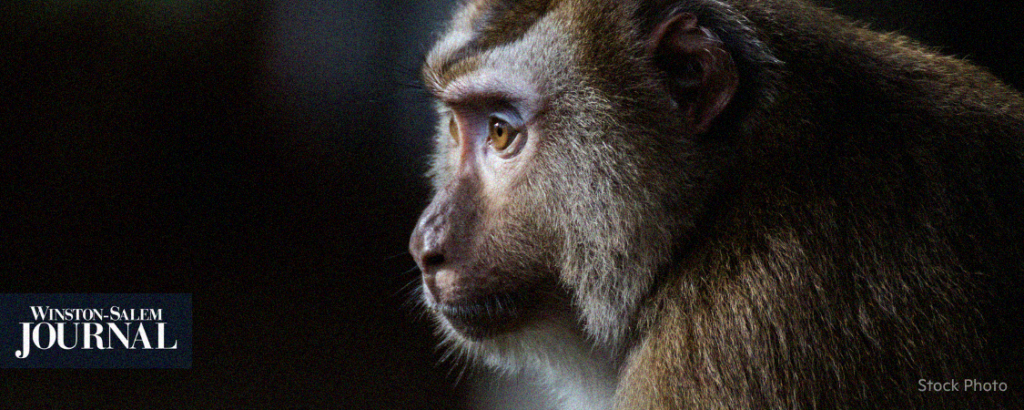
USDA Probes Death of Monkey at Wake Forest Medical School Research Facility
Richard Craver, 5/24/2024
“A federal agency has ordered a Wake Forest University School of Medicine animal research center to correct its safety procedures after the strangling death of a young female monkey….”
“The collar around the monkey’s neck tightened after she was caught on a section of damaged chain link that supported a device in her enclosure.”
“The USDA did not appear to fine the university.” 📰 Full Story →

‘The Well-Connected Animal’ Review: Social Creatures
David Barash, 5/24/2024
“Until recently, students of animal behavior pooh-poohed complex social networks in animals, believing that their mental capacities didn’t allow for elaborate patterned relationships. But ‘researchers have come to discover that being embedded in social networks plays a critical role in almost every aspect of animal life….”
“Networking, it turns out, isn’t merely a cliche for 21st-century social-media climbers. Many animal species–perhaps most–do it just fine without Facebook, X or cellphones.”
“ . . . ‘The Well-Connected Animal’ explores social networks in dolphins, elephants, field crickets, giraffes, honeybees, manta rays, Tasmanian devils, vampire bats, whales and more.” 📰 Full Story →
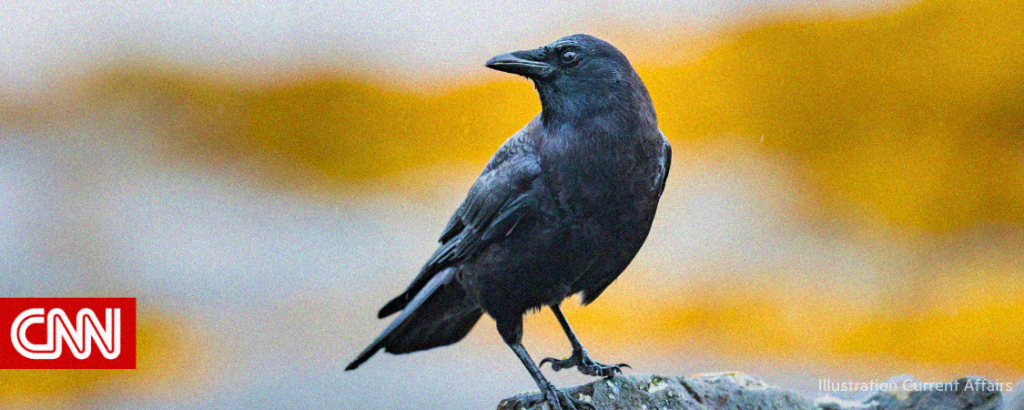
Crows Can Count Up to Four, A New Study Finds
Scottie Andrew, 5/24/2024
‘The way the birds recognize and react to numbers is similar to a process we humans use, both to learn to count as toddlers and quickly recognize how many objects we’re looking at.”
“‘Humans do not have a monopoly on skills such as numerical thinking, abstraction, tool manufacture, and planning ahead,’ . . ”
“In the animal kingdom, counting isn’t limited to crows. Chimpanzees have been taught to count in numerical order . . . some male frogs count the number of calls from competing males to match or even one-up that number when it’s their turn to croak at a female. Scientists have even theorized that ants retrace their paths back to their colonies by counting their steps.”
“ . . . crows, like young humans, can learn to associate numerals with values – and count out loud accordingly.” 📰 Full Story →
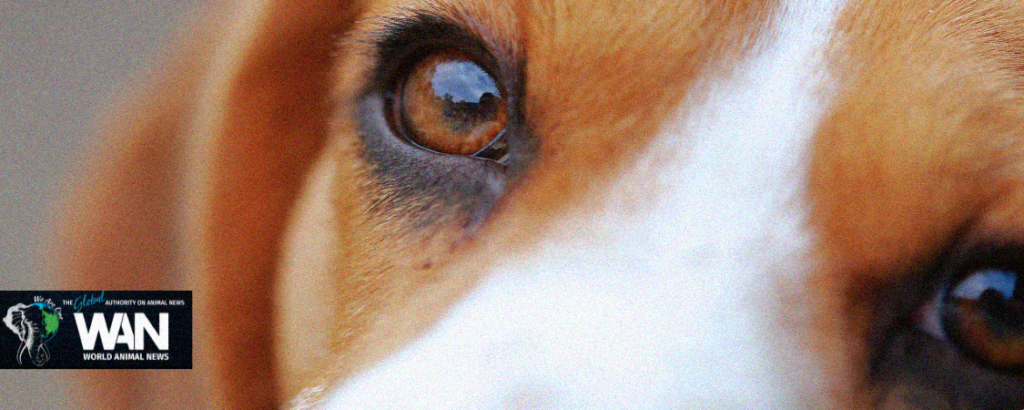
WAN Exclusive: New Investigation Finds U.S. Department of Defense Abusing Dogs in Outdated Drug Testing
WAN, 5/28/2024
“A new investigation by the White Coat Waste Project has exposed cruel and unnecessary drug testing on beagles, which is being funded with tax payer dollars by the Department of Defense [DOD].”
“The DOD-funded toxicity tests involve dogs being poisoned with massive doses of an experimental drug for months on end.”
“ . . . WCW reports that the DOD has prohibited the use of dogs in wound and weapons experiments for a long time. However, a loophole has enabled them to continue mistreating dogs in drug tests. The DOD also acknowledges that ‘animal models have limited relevance to humans and poorly predict effects in humans.’” 📰 Full Story →

PETA’s Complaint Against EVMS Alleges C-Section Abuse in Baboon Pregnancy Research
Eliza Noe, 5/22/2024
“As part of research, pregnant baboons were given varying combinations of estrogen and an estrogen inhibitor, and their fetuses were delivered via C-section at different stages of pregnancy….”
“A total of 156 baboons were requested for the experiment over three years. Death of the mother, the fetus or both were accepted outcomes of the study . . . [The USDA] allowed for five baboons to receive six C-sections each.”
“ . . . one baboon lost 18% of her body weight after her first pregnancy and C-section. The baboon had a second pregnancy while still underweight, and subsequently died after the second C-section.”
“ . . . records, which were shared with The Pilot, showed at least one female baboon displayed behaviors of self injury during experiments, including tearing off her own fingernail, rubbing the top layer of her skin off and breaking her teeth. At least one finger on her left hand was amputated.” 📰 Full Story →

Human and Chimp DNA Is 98.8 Percent Identical – So How Are We So Different?
Benjamin Taub, 5/29/2024
“In terms of actual genes . . . we are 98.8 percent alike, meaning only 1.2 percent of our genetic code is not found in chimpanzees. That doesn’t sound like much, but when you consider that the human genome consists of around three billion base pairs – or bits of genetic information – then this small percentage adds up to around 35 million discrepancies between the two species.”
“ . . . much of our human-ness has nothing to do with genes that are specific to our species, but is attributable to the fact that the genes we share with chimps are expressed in a unique way . . . The genes can be the same, but subtle differences within the parts of the genome that control gene expression can totally transform the end product.”
“Many of the genes we don’t share with chimpanzees are related to immune function and result in significant differences in disease susceptibility.” 📰 Full Story →
